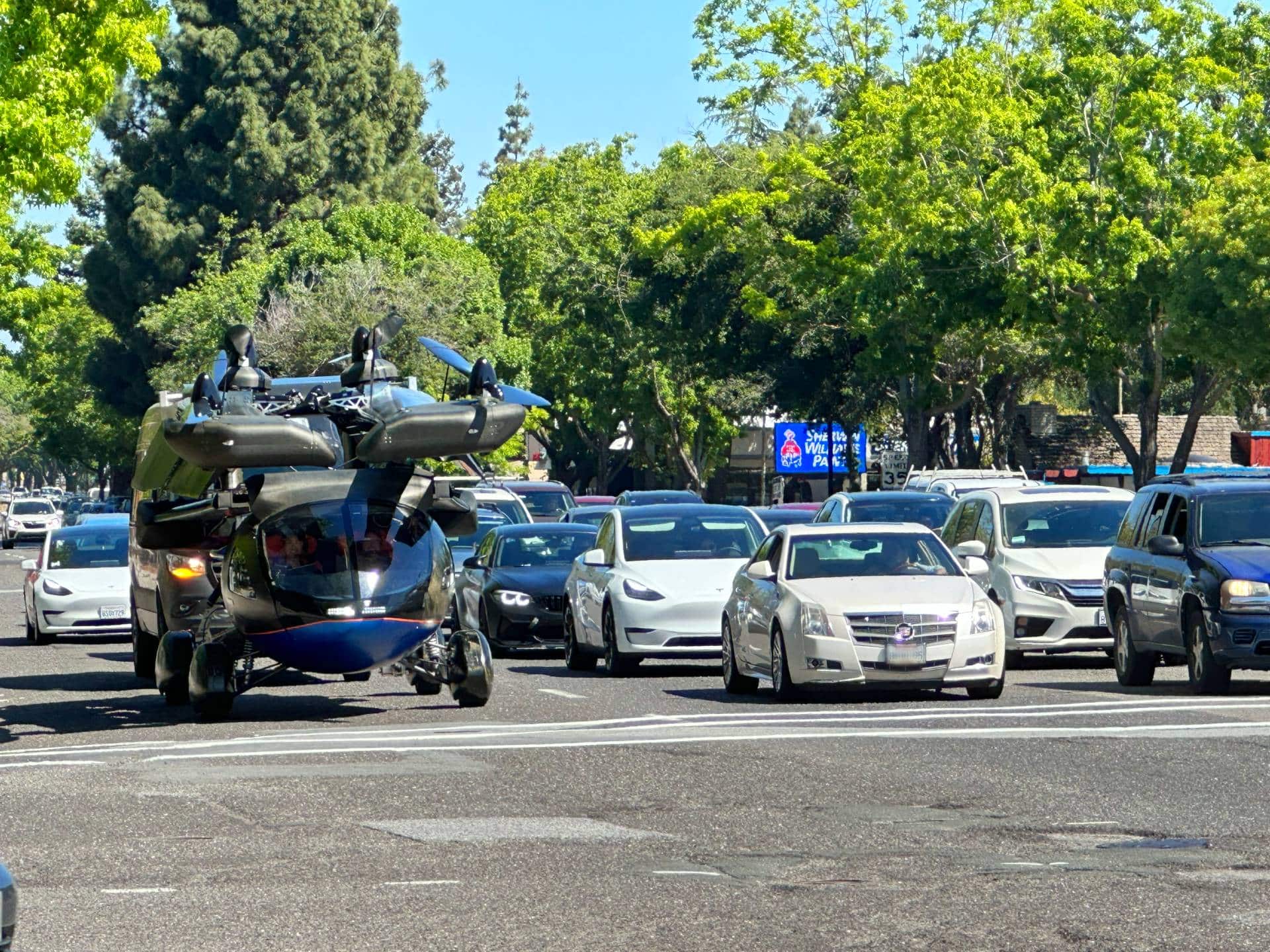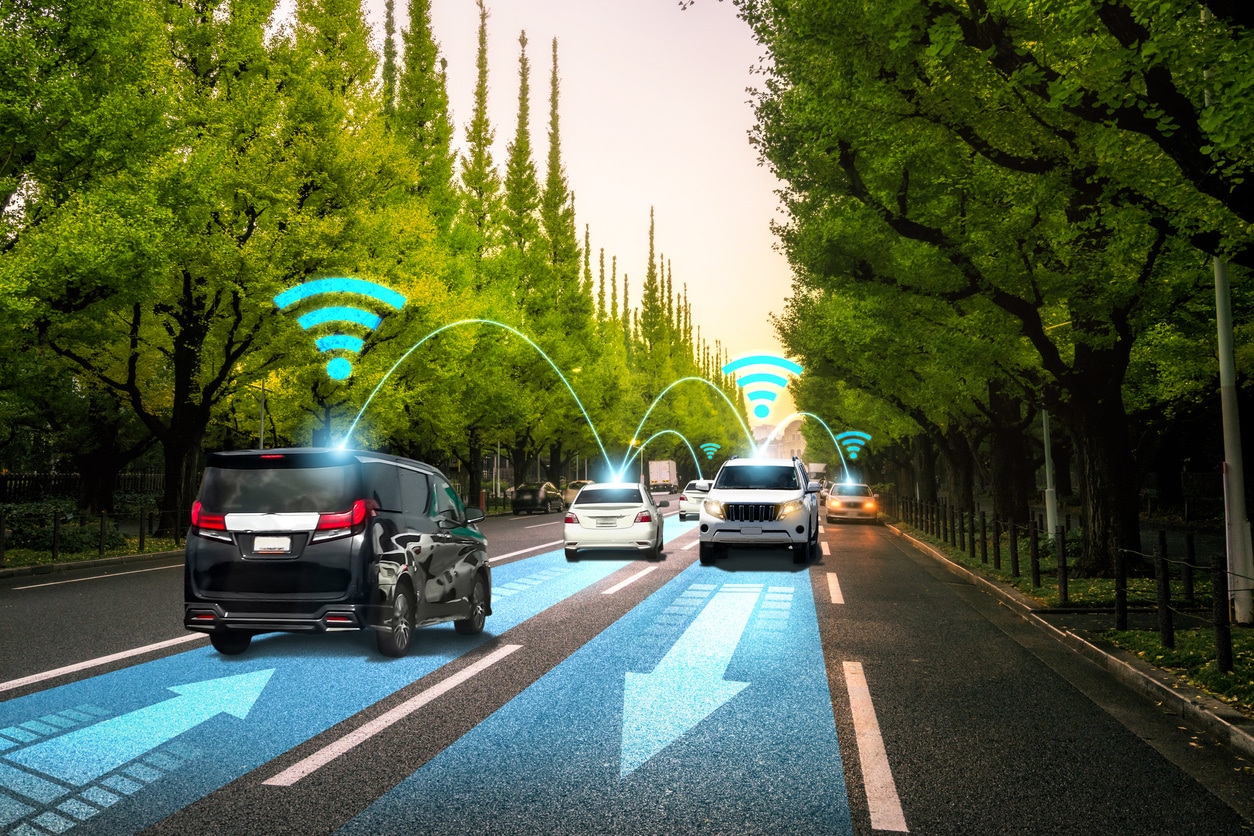
Revolutionizing Transportation: A Glimpse into the Future of Flying Cars
Flying cars have long been considered a likely part of the future of our society. However, even as other areas of technology have become more advanced, the potential to hop in your car and take to the skies has seemed decades away. In recent years, though, NASA propulsion technology and other new developments may make the sci-fi fantasy of “flying cars” a reality sooner than many realized.
This is certainly a concept which could revolutionize transportation as we know it. So, let’s take a look at the benefits, drawbacks and considerations of the future of flying cars.
Understanding Some Real Benefits and Drawbacks
There’s been a great deal of speculation about the general benefits and drawbacks of flying cars for decades now. For instance, Back to the Future: Part II, showed us while we might think flying could make for faster travel, the popularity of flying cars is likely to mean traffic congestion would still be a problem. However, as the reality of personal flying vehicles gets closer, what are the most likely benefits and drawbacks?
Well, much of this depends on what technological advancements will be utilized. When examining the likely future of flying cars, it’s worth noting many manufacturers are focusing on vertical take-off and landing (VTOL). This can be a huge benefit, as it may result in less land dedicated to domestic airport runways. Perhaps more important, though, is the potential for cleaner fuel use. ASKA recently completed their first flight testing on the ASKA™ A5, or what they call, a “real flying car” with a 250-mile flight range and an electric hybrid propulsion system. It’s being billed as a street legal eVTOL. Alef Aeronautics’ Model A is another flying car being promoted as a 100% electric vehicle. These flying cars could be a game-changer, especially when it comes to reducing the emissions and fossil fuel consumption by domestic commercial airlines.
There are, of course, hurdles and drawbacks related to the likely future of flying cars. Even utilizing the hybrid road and air models being suggested, flying a car will require very different skills from simply driving one. Getting over that learning curve will either require advanced flight automation technology or the driver training will need to become far more comprehensive to include at least rudimentary pilot skills.
In addition, the green energy potential for flying cars must be supported by transparent information. It can be difficult enough for drivers of current cars to understand the full extent of how their behavior affects the health of the planet. Flying vehicle companies must avoid false green advertising and provide consumers with practical information about how different modes affect fuel use. This would allow consumers to make informed decisions about the appropriate balance between air travel and ground driving.
Prioritizing Safety for flying cars
While there are various general benefits and drawbacks to flying vehicles, there are specific areas requiring more focus than others. Chief among these are the safety aspects. Fortunately, alongside establishing the practicality of road-and-air vehicles, designers and manufacturers are showing commitment to keeping both drivers and the general public protected from potential hazards.
Many new car buyers today expect vehicles to have a range of common built-in safety features. This tends to include sensors that provide warnings about blindspots or hazards and increasingly involves automated steering assistance to change lanes or avoid collisions. It is likely flying cars will have similar features, particularly those designed to highlight the presence of airborne objects. This isn’t just other vehicles, but also birds and other elements.
However, there will also certainly be tools to help address the specific safety challenges of flying cars. For instance, the hazards of being in the sky among other drivers may be supported by artificial intelligence (AI) assisted automation. In 2022, the XPeng X2 completed a public test flight in Dubai, equipped with AI systems to enable the vehicle to be set to automatic driving. While there are still issues with such automation, it may well be one of the keys to safer flights when skies are filled with inexperienced pilots.
Establishing Infrastructure
It’s not just technology itself likely to impact the future of flying cars. There also needs to be regulatory and practical elements in place to support these developments. Without reliable and comprehensive infrastructure, personal aerial vehicles are unlikely to see widespread, efficient or safe adoption. Though this tech is still in its very early stages, we’re already seeing glimpses of what the future is likely to look like.
Firstly, given that one of the potential advantages of flying vehicles is cleaner travel, there will need to be sufficient stations in place to provide green fuel. In the U.S., there has been a certain amount of sluggishness in putting sufficient electric vehicle (EV) charging infrastructure in place. However, the government has recently committed significant funding to the issue through grant programs designed to incentivize communities to create stations. With the growth in this area over the next few years, the infrastructure to effectively fuel flying cars may already be in place by the time companies are in a position to begin broadly sell to the general public.
Another important point of infrastructure is navigation. To keep flying cars safe and efficient, there will need to be systems in place to track vehicles while in flight. The U.S. Department of Transportation has already started soliciting the aerospace industry and the public for insights into technology and processes that can address the currently insufficient navigation infrastructure.
Conclusion
With developments in technology, accessible flying cars could be a reality in the not-too-distant future. There could be clear environmental advantages to reducing reliance on jet fuel for domestic travel. It’s also reassuring to see safety is a priority for manufacturers and governments alike.
While flying cars may be a little way off yet, you can take actions today to help ease your transition in the future. For instance, adopting EVs with automated safety features can both support green travel and get you used to some of the tech that may be a part of domestic flight. Embrace developments, and even have conversations with your friends on the subject, so you can spark enthusiasm which will keep you engaged with greener and more convenient modes of travel.



Post a comment